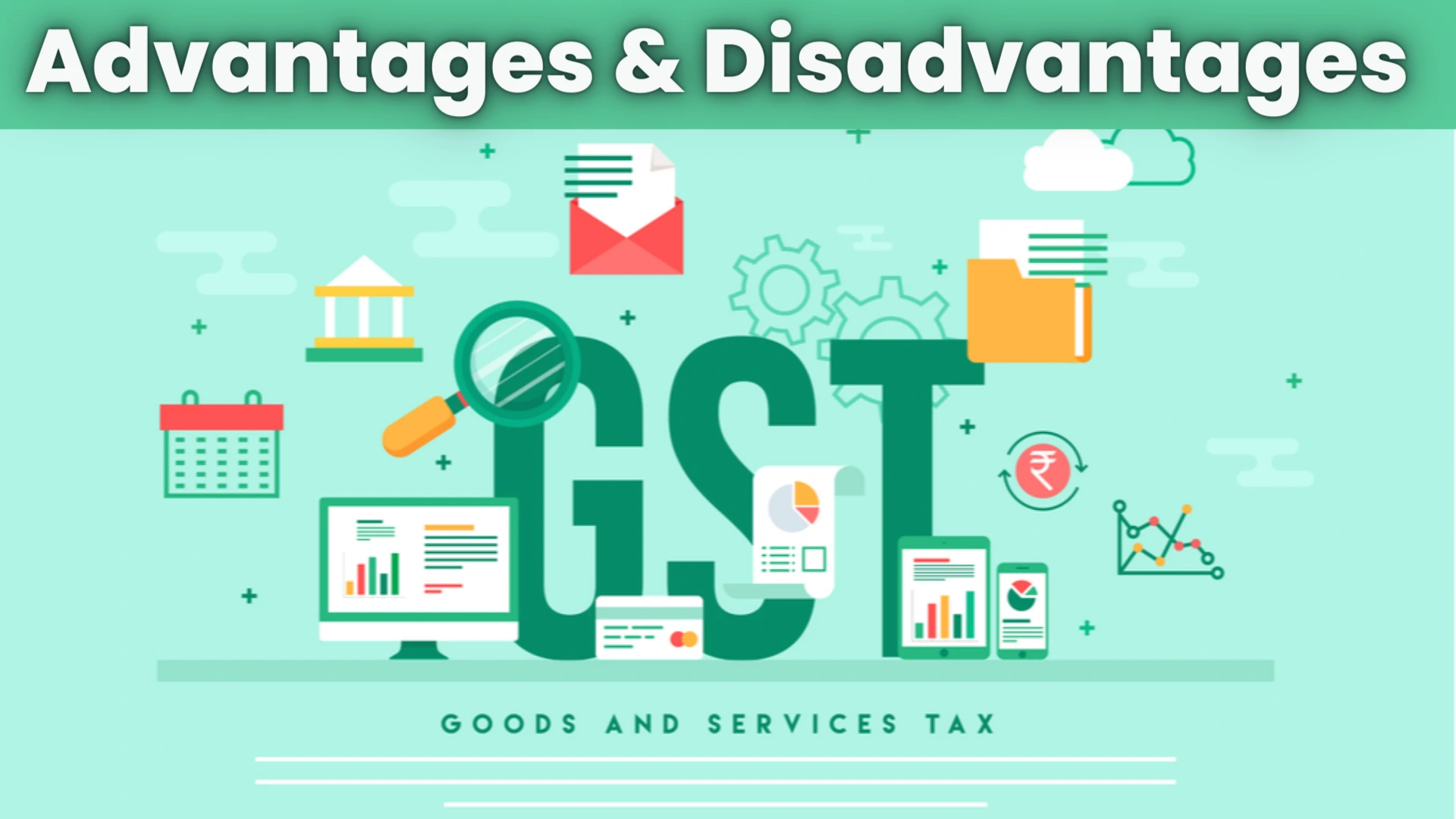Advantages and Disadvantages of GST
This article provides an in-depth analysis of the Goods and Services Tax (GST) – a transformative tax reform in India. It aims to shed light on the intricacies of GST, its merits, and demerits, offering readers a well-rounded perspective on the advantages and disadvantages of GST, this pivotal economic policy.
What is GST?
GST, an acronym for Goods and Services Tax, is an all-encompassing indirect tax introduced in India on July 1, 2017. It replaced a multitude of earlier taxes with a unified tax system, aiming to streamline the taxation process and promote economic growth.
Advantages of GST
The following are the Advantages of GST:
1. Streamlined Taxation Process
- The implementation of GST streamlined the previously intricate tax structure, replacing a multitude of indirect taxes with a unified system.
2. Elimination of Cascading Effect
- GST eradicated the cascading effect of taxes, ensuring that taxes are only levied on the value addition at each stage of the supply chain.
3. Stimulus for E-commerce and Interstate Trade
- The reduction of barriers in interstate trade provided a significant boost to e-commerce and logistics, propelling economic growth.
4. Enhanced Compliance and Revenue Generation
- The introduction of a robust IT infrastructure improved tax compliance, reducing tax evasion and increasing government revenue.
5. Support for the ‘Make in India’ Initiative
- GST leveled the playing field for local manufacturers, supporting the government’s ambitious ‘Make in India’ campaign.
6. Consumer Empowerment through Affordability
- Reduced overall tax burden on consumers led to increased affordability, subsequently driving higher consumer spending.
Disadvantages of GST
The following are the Disadvantages of GST:
1. Initial Compliance Challenges
- The transition to GST posed initial compliance hurdles for businesses, demanding adaptation to new procedures and technologies.
2. Impact on Small and Medium Enterprises (SMEs)
- SMEs faced difficulties during the initial implementation phase, necessitating investment in understanding and implementing the new tax structure.
3. Complex Tax Slabs and Classification Issues
- The introduction of multiple tax slabs led to occasional classification challenges, particularly for products straddling different slabs.
4. Temporary Inflationary Pressures
- GST brought about temporary inflationary pressures in certain sectors due to changes in tax rates and classifications.
5. IT Infrastructure Challenges
- Initial technical glitches in the GST Network (GSTN) hindered return filing, though improvements have been made.
6. Impact on the Service Sector
- Some service industries experienced increased tax rates under GST, potentially resulting in higher costs for consumers.
Conclusion
In conclusion, GST has significantly simplified India’s tax structure, fostering transparency, efficiency, and economic growth. While it has presented challenges, the benefits of GST implementation far outweigh the initial hurdles, solidifying its place as a landmark tax reform in India’s economic history.
Thank You!

